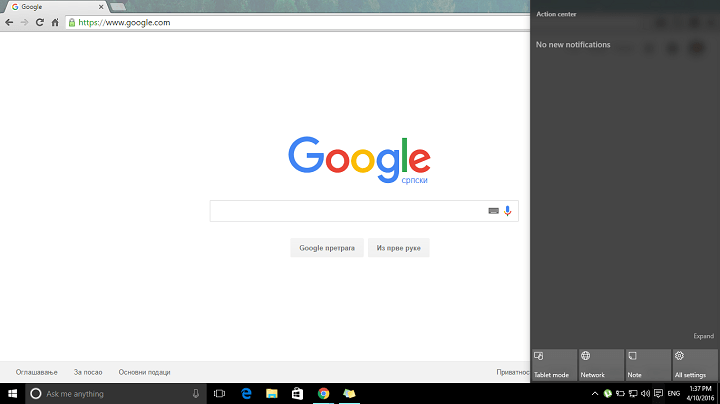

Google updates Chrome with major new versions every six weeks and security patches more often than that. Google Chrome automatically downloads the latest update when you open the 'About Google Chrome' page. This matches Microsoft's end of support for Windows 7 ESU and Windows 8.1 extended support on January 10th, 2023," the blog post announcement further reads. Click on the three-dot menu icon in the top right corner, then go to Help > About Google Chrome. "You'll need to ensure your device is running Windows 10 or later to continue receiving future Chrome releases. With every newer version of Google Chrome, the bugs persisting in the. Chrome 110 (tentatively scheduled for release on February 7th, 2023) is the first version of Chrome that requires Windows 10 or later," Google announced in its blog post earlier last year.Īccording to the tech giant, users will have to upgrade their systems with Windows 10 or 11 OS to continue using its cross-platform web browser Chrome. Step 1: On the Chrome browser, click the more options icon, click Help, and then click About Google Chrome. As soon as you install Google Chrome, it is configured to update itself automatically. Credit to its simplicity and exceptionally high uptime, Chrome remains the 1 browser in. "Chrome 109 is the last version of Chrome that will support Windows 7 and Windows 8/8.1. For many of us, Google Chrome was our first browser. Notably, users will be able to use the older version of Chrome in Windows 7 and Windows 8.1 but will not get any newer updates including security fixes and more.

So, the newer version of Chrome- Chrome 110 will be the first version of Chrome that requires Windows 10 or later.

Google will be ending support for older versions of Chrome by January 15, 2023.


 0 kommentar(er)
0 kommentar(er)
